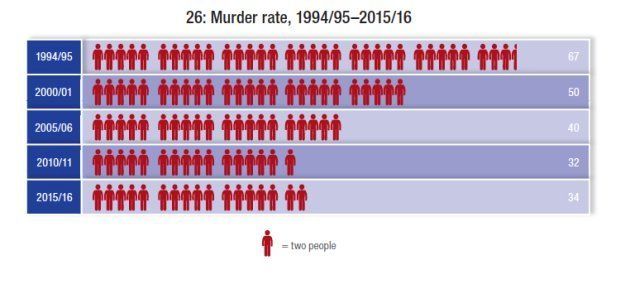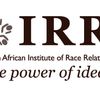
This forms the third of a three-part release ahead of the 2017 State of the Nation Address. You can read the first, on transformation here, and the second on race relations here. This report is a summary of the SA Institute of Race Relation's State Of The Nation report.- blogs editor.
On 9 February 2017 President Zuma will deliver the State of the Nation Address (SONA). We expect that media coverage and public debates around the address will focus on the failures of the government and the challenges confronting our country. Regular readers of our reports and users of our briefing services will know just how serious those challenges are. However, those readers will also know that a lot has gone right in South Africa and that the successes we have achieved as a society are often overlooked.
In order to bring some perspective to the 2017 SONA and subsequent media reporting, we have produced this report, which features some examples of the progress South Africa has made in the economy, the world of work, living standards, education, health, and crime.
Progress in the economy
The graphic below shows that compared to the economic catastrophe of the 1980s and early 1990s, GDP growth recovered in the aftermath of the 1994 elections and rose steadily to average levels in excess of 5% between 2004 and 2007. Real per capita GDP increased from below R45,000 per head in 1994 to above R55,000 in 2015. Real GDP itself almost doubled from R1,652 million in 1994 to R3,055 million in 2015.
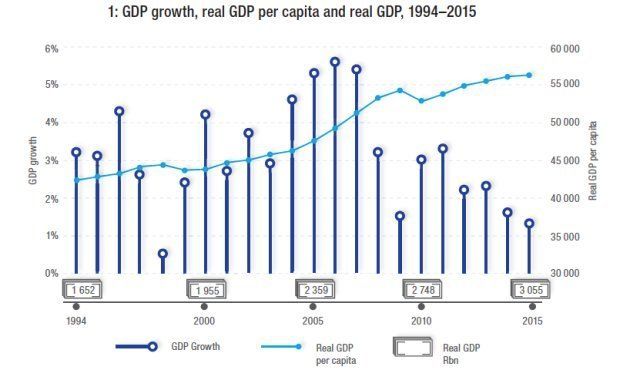
Change in real disposable income per capita
The graphic below shows that average after-tax per capita income levels increased from under R25,000 per head in 1994 to just under R35,000 per head in 2015. When the economy recorded its fastest growth rates (between 2004 and 2007) per capita income levels increased at between 3% and 5% per annum – the best such performance after 1994.

Professional and management employment
The graphic below shows that the number of black African professional employees increased by 176% since 2000 while the number of black African management employees increased by 191%. Increases of a similar magnitude are true for coloured and Indian/Asian employees. The number of white management and professional employees has increased at a much slower rate, showing the extent to which racial transformation has taken place in the world of work.
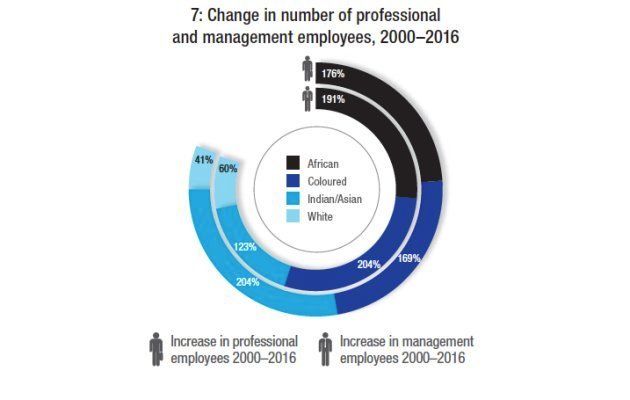
Dependency ratio
The dependency ratio measures the number of people who depend on every 100 who work. In 1995 there were 380 people dependent on every 100 employed people. The rate has fallen steadily and now there are 250 people dependent on every 100 employed people.
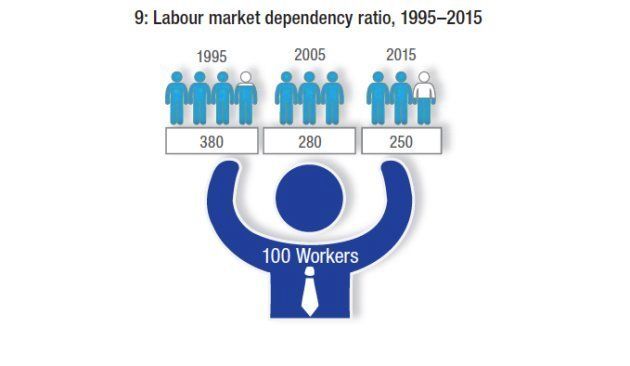
Black African matric class
The graphic below shows that the number of black African candidates passing matric increased from 259 in 1955 to 369,903 in 2015.
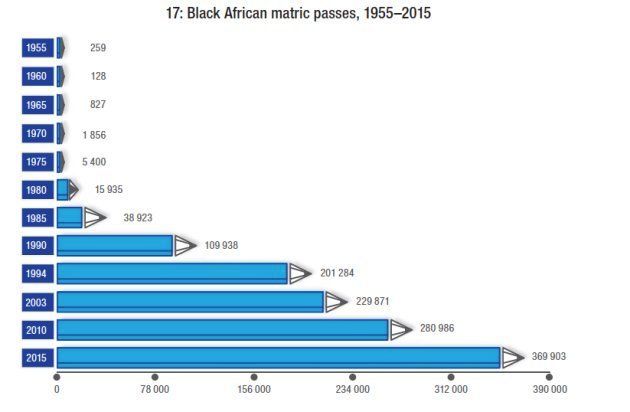
University population
The graphic below shows that the proportion of the university-going population that is black African has increased from just under 20% in 1986 to over 70% in 2014.

The murder rate
The graphic below shows that the murder rate (measured per 100,000 people per year) declined from 67 per 100,000 people in 1994/95 to 34 in 2015/16 – or by almost 50%.
